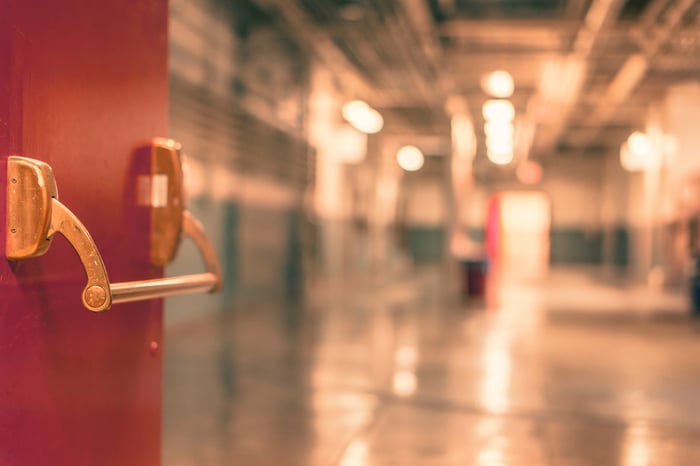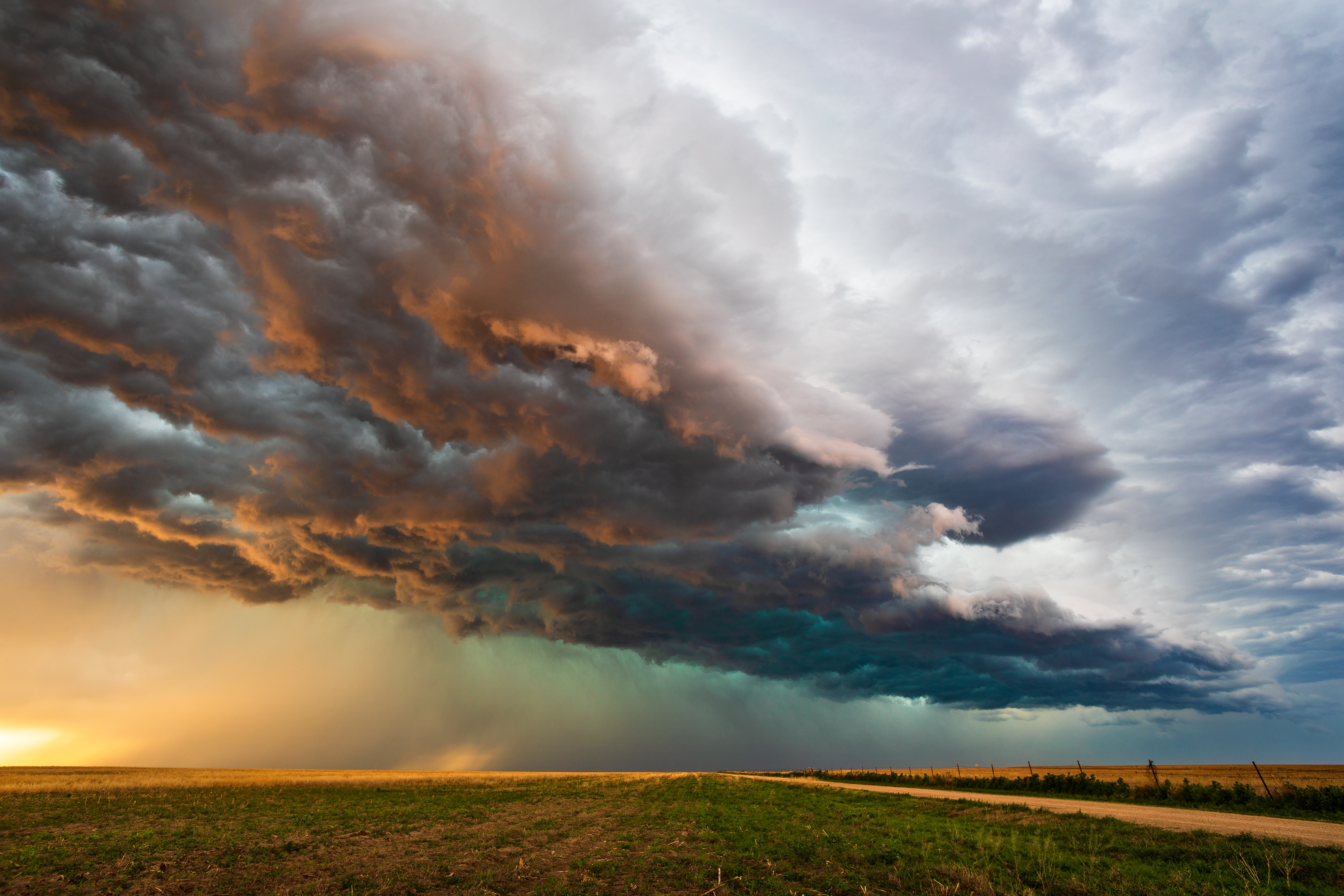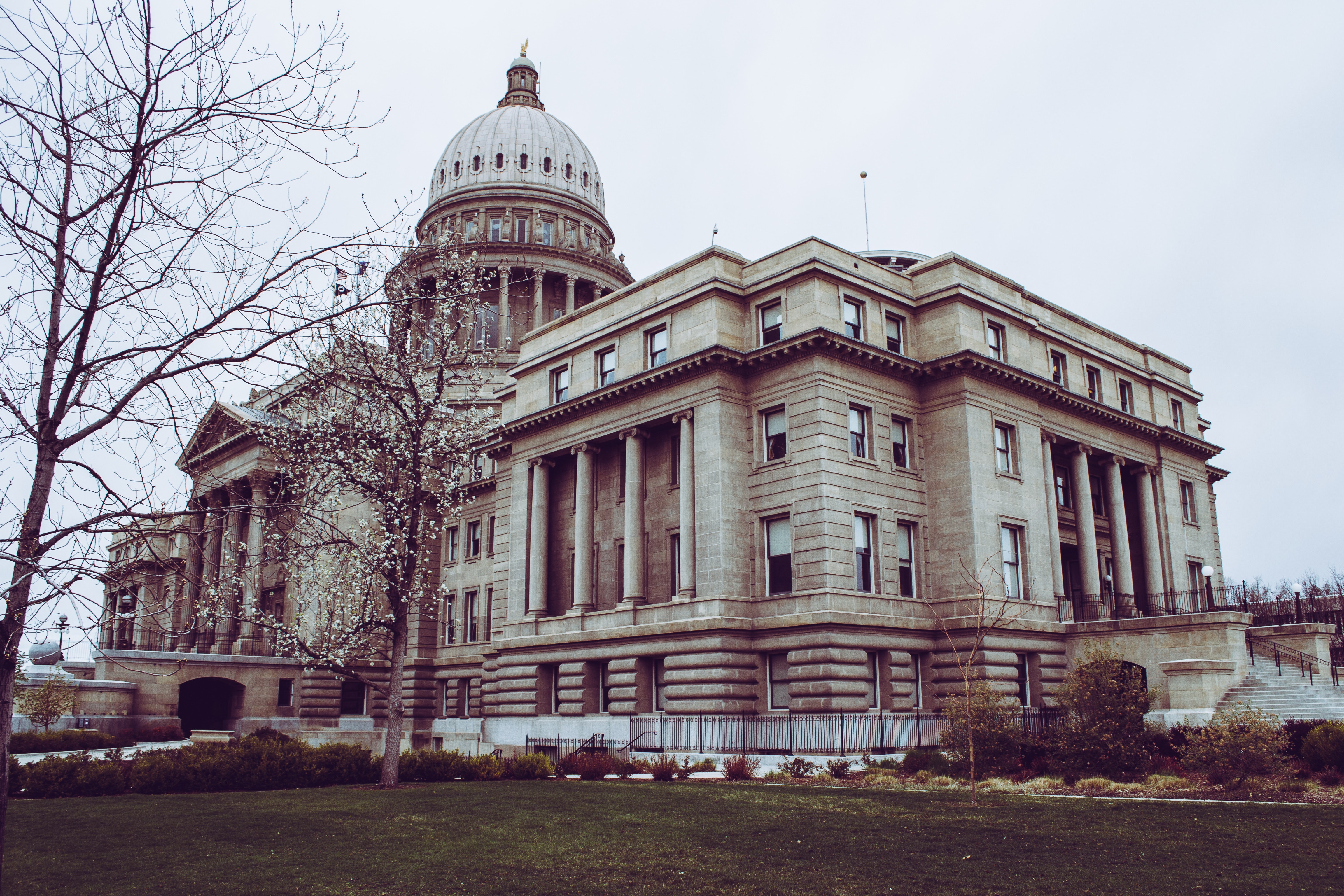
How to Enhance Public School Security

As gun violence continues to rise in American society, there has been a disturbing increase in school shootings.
According to the US Naval Postgraduate School, 2018 was the worst year on record for gun violence in schools dating back to 1970, with just over one hundred people injured or killed during a school shooting.
At the moment, our country at large is struggling to come to an agreement on the right way to proceed forward when it comes to making schools safe from gun violence. President Donald Trump has called for local governments to intervene on a school-by-school basis and insisted teachers should be armed. Meanwhile, other politicians and student activists have put forth the need for not only changes to the Second Amendment, but stronger gun regulation and access to mental health resources in schools.
We can’t be sure how our country is going to address this ever-present crisis, and public schools can’t afford to wait until a solution is found. In the meantime, schools should work together with their local police, administrators, teachers and students to create an action plan that will prepare everyone in the event of a school shooting.
Here’s how you can get started.
The Six R’s
In this action plan, your school should be covering what PRIMA refers to as the Six R’s of School Security, which are as follows:
- Reaffirm
- Revisit
- Recommit
- Review/Revise
- Revisit
- Rehearse
Let’s go through how each of these steps help keep public schools safe.
Reaffirm
Reaffirm refers to reaffirming your relationship with your local police that would be responding to an emergency at your school or district.
Consider inviting them to your school to ensure they have full access and know the layout of your school in case of an emergency. Ask if they’d be available to spend time at the school or give a few talks about safety for the students. By doing this, you’re creating a relationship between law enforcement and both students and teachers, which sends a strong message to your school and community about your commitment to their safety.
Revisit
Revisit asks you to make sure you understand your access control system (ACS), which is the system or security you have in place to ensure that only authorized people are able to enter your building.
Questions you should ask as you revisit your ACS include:
- Do you understand how your school’s ACS works?
- Do the necessary members of your staff understand it?
- What’s the protocol to ensure your ACS continues to work?
- Are there any limitations that you, your staff or law enforcement should be aware of?
As you’re revisiting your ACS, see if your school can adapt to a Single Point of Entry/Single Point of Exit, also known as an SPE2. By switching to this system, your staff has greater control over who enters and exits your building and allows you to easily secure your perimeter during an emergency. Remember, be sure all entries and exits, from classroom doors to boiler rooms, have proper locks and security measures in place.
Recommit
It’s easy to be lulled into a sense of security within your own community, but for the safety of everyone at your school, it’s important to recommit to visitor safety. Ensure that your teachers and administrators are wearing visible ID badges at all times and create a culture that encourages your staff to question someone without an ID or visitor badge.
Enforce that all visitors must sign in and out during their time in the building and wear a requisite visitor’s badge. No matter if you’re a person delivering food, a parent dropping off lunch or a new substitute showing up to work, everyone needs to follow the same procedures to ensure your school’s safety.
Review/Revise
Review encourages you and your staff to go over your building and district emergency and security plans. These aren’t the sort of details you want to be scrambling for during a potentially dangerous situation. Instead, review these plans early and often, making changes where necessary and keeping the plans up-to-date and accessible for all staff members.
School policies should also be reviewed often and updated as needed, such as adding in a stronger protocol for visitor management and staff ID badges.
During these reviews, it’s important to ask that emergency safety policies are being implemented properly and with foresight. For example, are there designated places to go off school grounds during an emergency? Have they been visited and vetted for safety?
By thinking ahead and revising your plans, you’re helping to ensure that any future emergency will be handled quicker and more safely.
Revisit
It’s never a bad idea to keep revisiting the safety precautions you have in place. This second “revisit” asks you to double check the security systems in your school.
For example, is your entrance vestibule only accessible by a buzzer and made of bullet-resistive material? Is your building perimeter equipped with motion-controlled lighting? Is there a reliable camera system in place without any major blind spots throughout your school? Is that footage reviewed often and stored properly?
By asking questions like these, you can continue to revisit how your school can create a safer environment with stronger, proactive measures.
Rehearse
Reviewing safety procedures is important, but nothing can replace rehearsing what to do in the case of an emergency. By rehearsing through active shooter drills or lockdowns, both staff and students have an idea of what’s expected of them during a dangerous situation and how they can best keep themselves and others safe.
Be sure to work in tandem with your local law enforcement to plan these drills and ensure that every member of your staff knows what’s expected of them during a drill and during a real active shooter event. After each drill, talk about what was successful and create ways to avoid any obstacles that arose in the future.
Think Ahead to Stay Safe
Active shooter situations in schools have become more and more common over the years, and unfortunately, there seems to be no imminent plan to address them at a national level. Although frightening to think about, the best course of action to keep your students and staff safe is to create action plans that work for your school and committing to following them to stay prepared and safe.
If you’re looking for resources to help create an action plan for your school, IPMG can help. With our Risk Management Services (RSM), we can help your staff with the training and preparation needed to keep your school as safe as possible.
To learn how IPMG’s Risk Management Services might help you in that process, click here.
.png)

